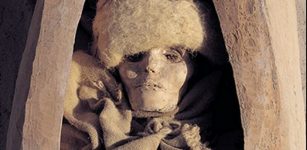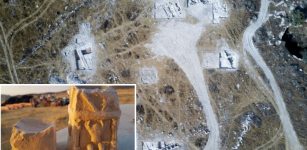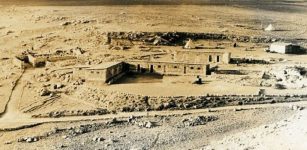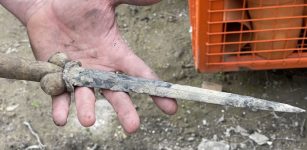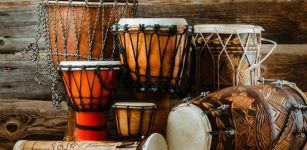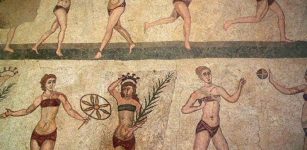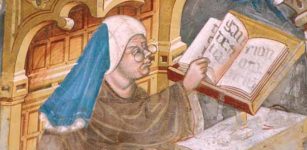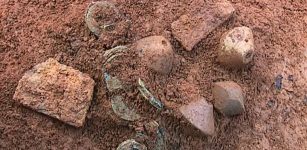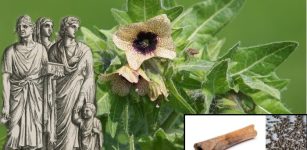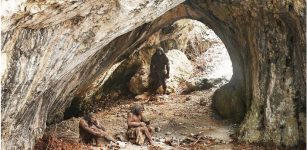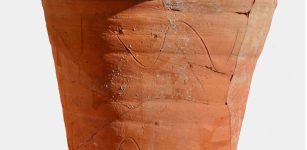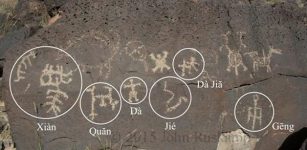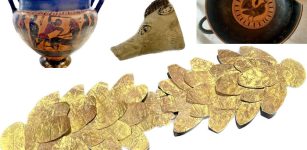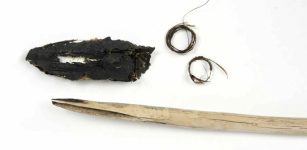New Historical Finds Near Khoja Ahmed Yassawi Mausoleum In Turkestan – Uncovered
Conny Waters - AncientPages.com - Excavating in southern Kazakhstan’s city of Old Turkestan, archaeologists have discovered caravanserai, eastern bathhouses with several rooms, and a ceramic workshop that testifies to the development of technology for the production of ceramic products in Kazakhstan.
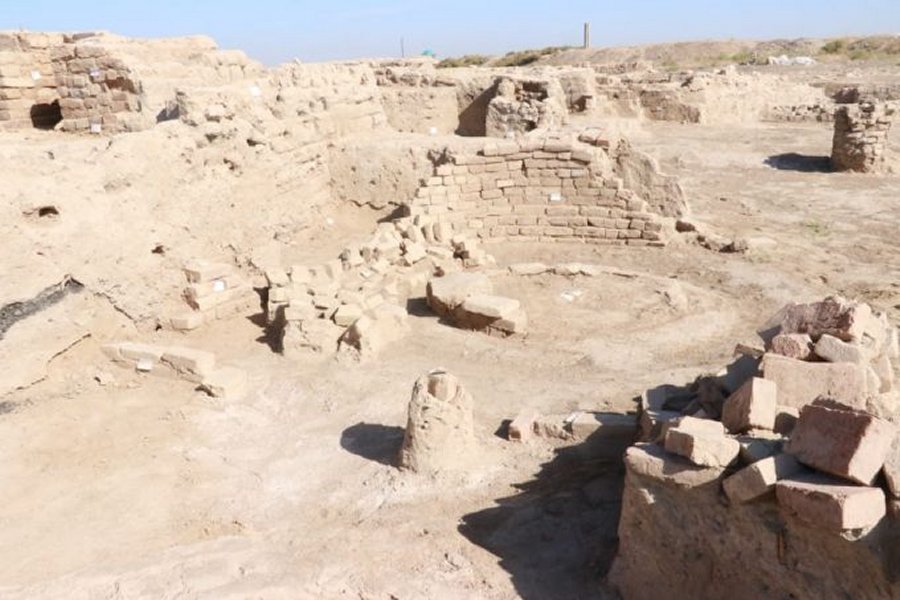 New Historical Finds Near Khoja Ahmed Yassawi Mausoleum - uncovered. Image credit: Press Service of GIKZM "Azret Sultan"
New Historical Finds Near Khoja Ahmed Yassawi Mausoleum - uncovered. Image credit: Press Service of GIKZM "Azret Sultan"
Archaeologists said that the workshop, found on the territory of the Yassaui mausoleum, is one of the first finds of its kind, and in this workshop, not only household utensils were most probably produced but also baked bricks.
The educational facilities are dated back to the 18th and 19th centuries.
The discovery of these valuable historical objects was made on the territory of the Khoja Ahmed Yassawi mausoleum in the Turkestan Region, the Azret Sultan state historical and cultural reserve museum.
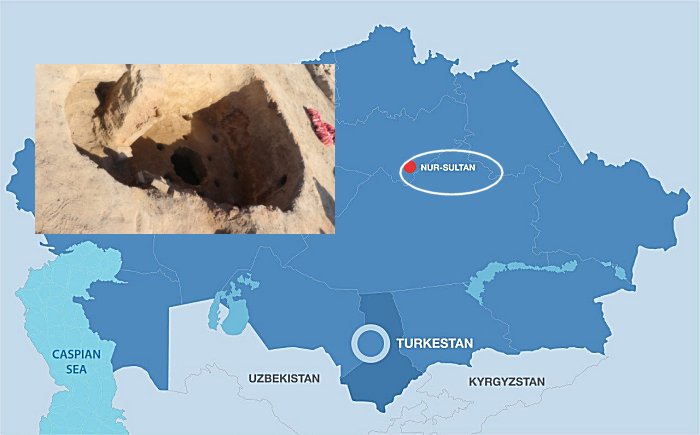
Niches to store documents and valuable items were found in the caravanserai that also had a storage place, restrooms and reception rooms, yard, prayer room, and one-room bathhouse called muricha.
“Here the Takiya gate was built in between 1843 and 1849 under the Khanate of Kokand (that existed between 1709 and 1876 on the territory of eastern Uzbekistan, modern Kyrgyzstan, eastern Tajikistan, and southeastern Kazakhstan). A caravanserai was not far from these gates, "Marat Tuyakbayev, archaeologist and research scientist at Azret Sultan museum told The Astana Times.
"Such structures were close to all four gates of Old Turkestan and each of them had their own small baths called muricha.”
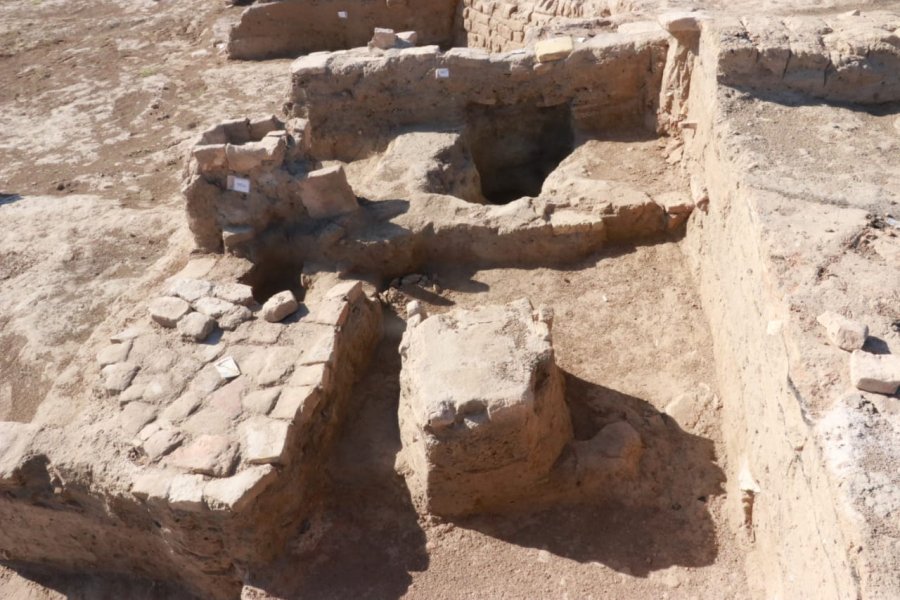 Photo credit: azretsultan.kz
Photo credit: azretsultan.kz
“The first school in ancient Turkestan was discovered during the excavation. At first, we thought it was a medrese (an Islamic school). Due to the thorough study, we found out the school was divided into two sections. Boys studied in one section and girls in the other.
"Children were studying literacy in this school and upon completion, they went to the medrese. During the archaeological excavations, we also discovered a guild (on the territory of Khoja Ahmed Yassawi mausoleum) that used to manufacture ceramic items. At the moment, eight furnaces have been excavated. Discovering such an object of historical significance alone may cause a sensation,” said Tuyakbayev.
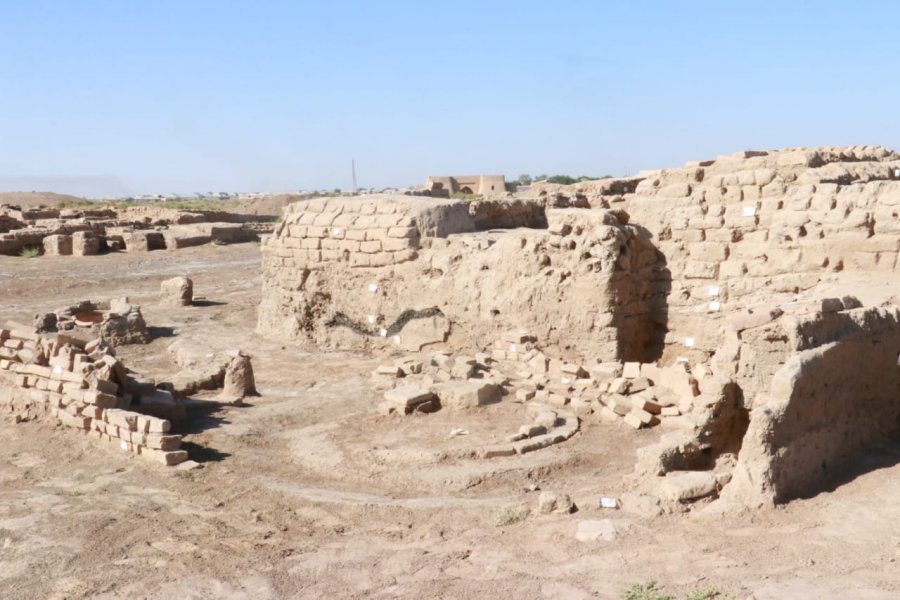 Photo credit: azretsultan.kz
Photo credit: azretsultan.kz
The archaeological works are conducted at the initiative of the Kazakh Ministry of Culture and Sports in line with the development plans of the Azret Sultan museum.
Turkestan is home to many historic and sacred sites that draw a significant number of visitors from neighboring countries and beyond. The Khoja Ahmed Yassawi mausoleum is perhaps the most famous destination among tourists. Commissioned in 1389 by Timur, who ruled the area as part of the expansive Timurid Empire, but the construction was halted with the death of Timur in 1405.
Today, the structure is part of the United Nations Educational, Scientific and Cultural Organisation (UNESCO) World Heritage List since 2003, the mausoleum attracts pilgrims from Central Asia and beyond who come to honor the outstanding Sufi teacher for whom it was named. This famous Turkic poet and Sufi mystic was Khoja Ahmed Yasawi (1093–1166).
Written by Conny Waters - AncientPages.com Staff Writer

